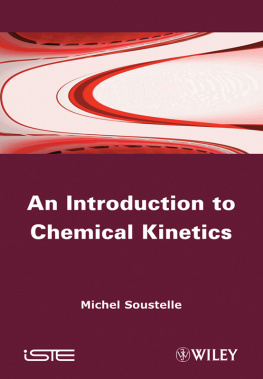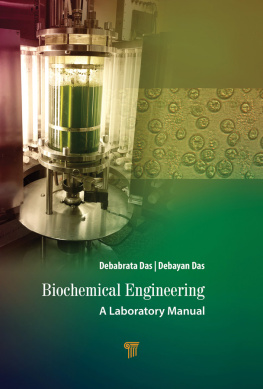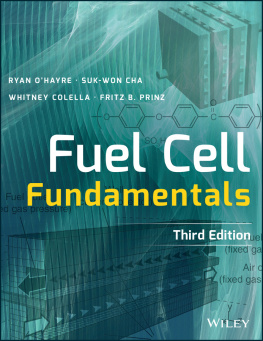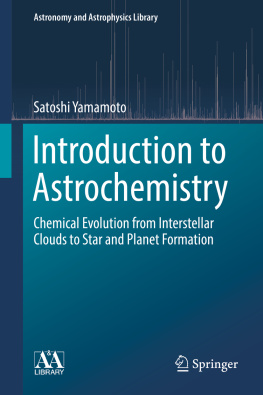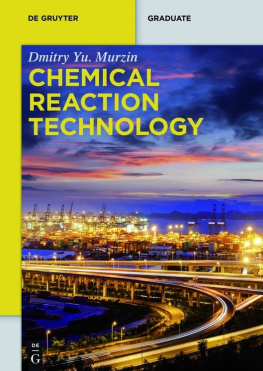
First published 2011 in Great Britain and the United States by ISTE Ltd and John Wiley & Sons, Inc.
Apart from any fair dealing for the purposes of research or private study, or criticism or review, as permitted under the Copyright, Designs and Patents Act 1988, this publication may only be reproduced, stored or transmitted, in any form or by any means, with the prior permission in writing of the publishers, or in the case of reprographic reproduction in accordance with the terms and licenses issued by the CLA. Enquiries concerning reproduction outside these terms should be sent to the publishers at the undermentioned address:
| ISTE Ltd | John Wiley & Sons, Inc. |
| 27-37 St Georges Road | 111 River Street |
| London SW19 4EU | Hoboken, NJ 07030 |
| UK | USA |
| www.iste.co.uk | www.wiley.com |
ISTE Ltd 2011
The rights of Michel Soustelle to be identified as the author of this work have been asserted by him in accordance with the Copyright, Designs and Patents Act 1988.
Library of Congress Cataloging-in-Publication Data
Soustelle, Michel.
An introduction to chemical kinetics / Michel Soustelle.
p. cm.
Adapted and updated from Cintique chimique: lments fondamentaux & Mcanismes ractionnels et cintique chimique published 2011 in France by Hermes Science/Lavoisier.
Includes bibliographical references and index.
ISBN 978-1-84821-302-9
1. Chemical kinetics. I. Title.
QD502.S68 2011
541.394--dc23
2011014704
British Library Cataloguing-in-Publication Data
A CIP record for this book is available from the British Library
ISBN 978-1-84821-302-9
Table of Contents
This book on chemical kinetics is especially designed for undergraduate or postgraduate students or university students intending to study chemistry, chemistry and physics, materials science, chemical engineering, macromolecular chemistry and combustion.
), deepens the relationships between reaction mechanisms and kinetic properties.
, which presents the different classes of elementary steps, the nature and identification of reaction intermediates and the principles that must be observed to write an elementary step.
Then are devoted to the modeling of elementary steps through the activated complex theory that is presented in as complete a manner as possible at this level, bearing in mind students who will then be confronted with molecular dynamics. The theory is presented in gaseous phase as well as in condensed liquid and solid phases.
Then come three chapters that deal with different specific areas (chain reactions, catalysis and heterogeneous reactions). For each area, the application clues of basic concepts are deepened and we introduce the specialized teachings that will be covered at doctorate level.
Finally, addresses non-pseudo-steady state processes that are encountered in different areas. We place particular emphasis on these modes for combustion and explosion reactions and heterogeneous reactions.
This book is the result of extensive experience teaching this course at this level and fundamental and applied research for over 30 years in chemical kinetics at the highest level. These accumulated experiences have led me to a certain number of significant modifications compared to previously published books that cover this level of study.
First of all, the arrival and growth of computer science that has populated laboratories should be taken into account, which implies not only unprecedented opportunities of computation but, more significantly, changes in attitude towards the ways of tackling problems and therefore how to teach kinetics. Thus, the sacrosanct chapter on formal kinetics has disappeared. Indeed, there is now only the resolution of three or four integrals that are rarely used nowadays because, unlike our predecessors, we possess derivative curves that give the speed, as easily as integral curves; and because modeling always leads to speed expressions (from infinitesimal calculus), the calculation of these few particular integrals is no longer of interest in kinetics.
The book no longer only refers to the famous quasi-steady state approximation (QSSA) for several reasons:
First, this QSSA is about the concentrations of intermediate species, which is only applied to homogeneous systems with constant volumes, which is relatively rare and inadequate for many gas-phase reactions carried out at constant pressure, as is mostly the case. This is the same for reactions where a condensed phase is created.
Second, this QSSA is always presented as a calculus approximation that is only justified by computations on a small number of specific cases for which it is not even necessary. In fact, the introduction of the concept of a kinetic mode enables us to bond the approximation level of modeling to that of the accuracy and the reproducibility of measurements. Thus, we consider several types of kinetic modes corresponding to multiple types of approximation in the calculation of speeds using various mechanisms.
Among these modes, those called pseudo-steady states are very important because they greatly simplify the calculations. These modes are characterized by the stability of the amounts of the intermediate species and are detected by the experiment (described in ). Other regimes termed with rate-determining steps are also used, which is still in line with the precision of the measurements.
Even if the notion of reaction order was retained for the elementary steps, for which this notion is closely related with the mechanism, it is no longer used for more complex reactions because the order obtained will not help us to infer the reaction mechanism. On the contrary, the notion of separate variables of speed concentration, temperature, etc. is more directly related to the mechanisms and it should be noted that the order with respect to a concentration is only a special case of the separation of this variable in the expression of speed.
Regarding the influence of temperature, a clear distinction is made between the elementary steps, for which Arrhenius law is always true and leads to an activation energy, and the common reactions (in general non-elementary) for which Arrhenius laws experimental application leads to a temperature coefficient. This coefficient can sometimes, but by no means always, be linked to magnitudes related to the mechanisms steps, such as activation energies and/or enthalpies. This temperature coefficient is then called the apparent activation energy.
We retain this distinction between elementary steps to which we attribute a reactivity that follows an order and obeys Arrhenius law and the multi-step reactions for which the notion of specific speed is retained (volumetric or areal) and whose expression of speed is far from obvious.
The importance given to the relationships between experiment and modeling should also been noted. Very simple methods that enable us to verify, or discount, a certain number of hypotheses are introduced: pseudo-steady state mode; and the separation of variables.
This work has included information from many French and foreign books that cover this subject, some of which are cited at the end of the book, retaining their contributions and originality.
My gratitude goes to all my students who attended my classes on kinetics because their feedback, questions and curiosity compelled me to ask myself real questions and to deepen my reflections. I would also like to thank a number of colleagues foremost among whom is Franoise Rouquerol for the discussions, sometimes fierce but always passionate and meaningful, that we have had. This book owes a great deal to these people. Finally, I want to express my gratitude to Ecole des Mines de Saint Etienne, which has for many years given me the means to carry out my work and enabled the achievement of this book.
Next page
